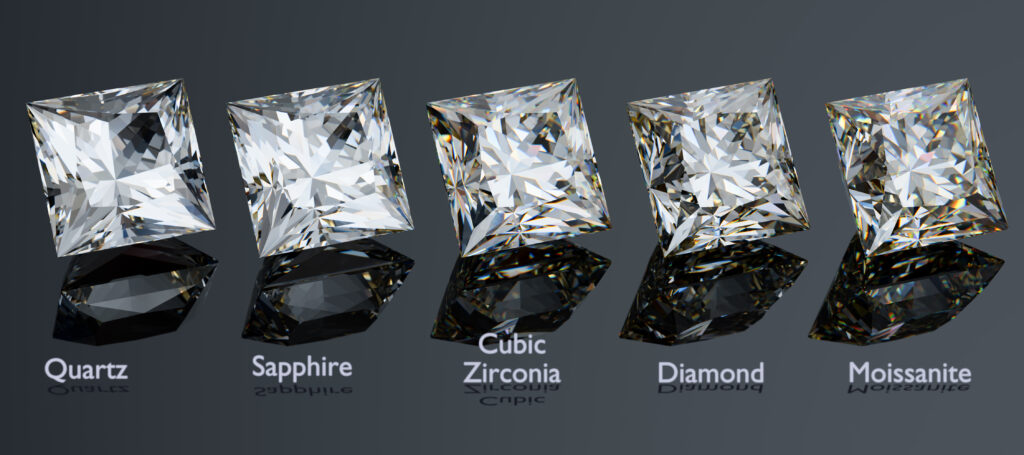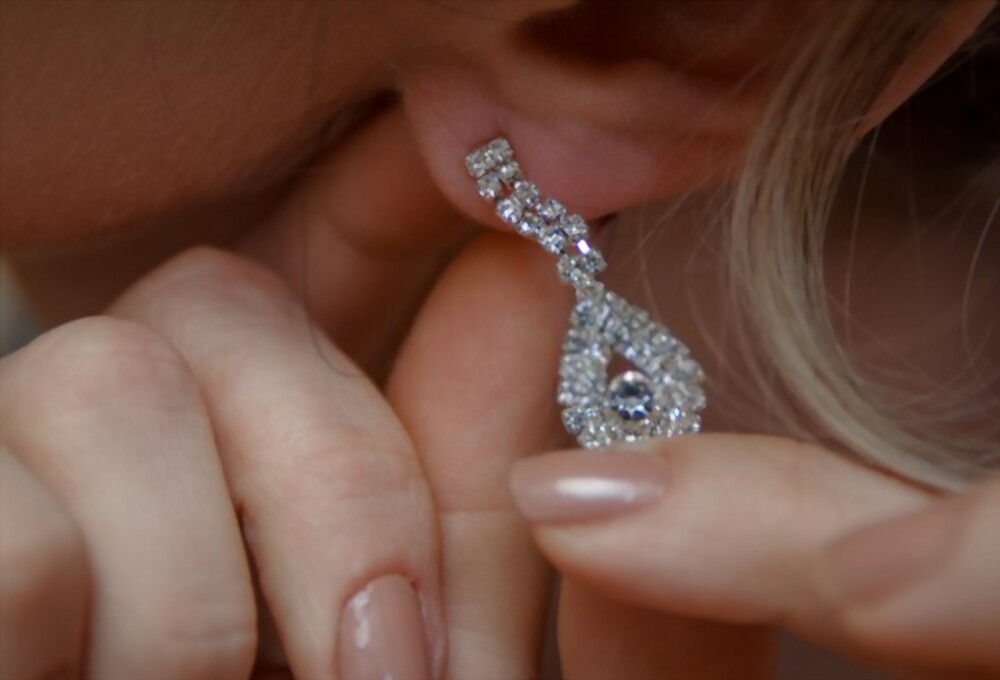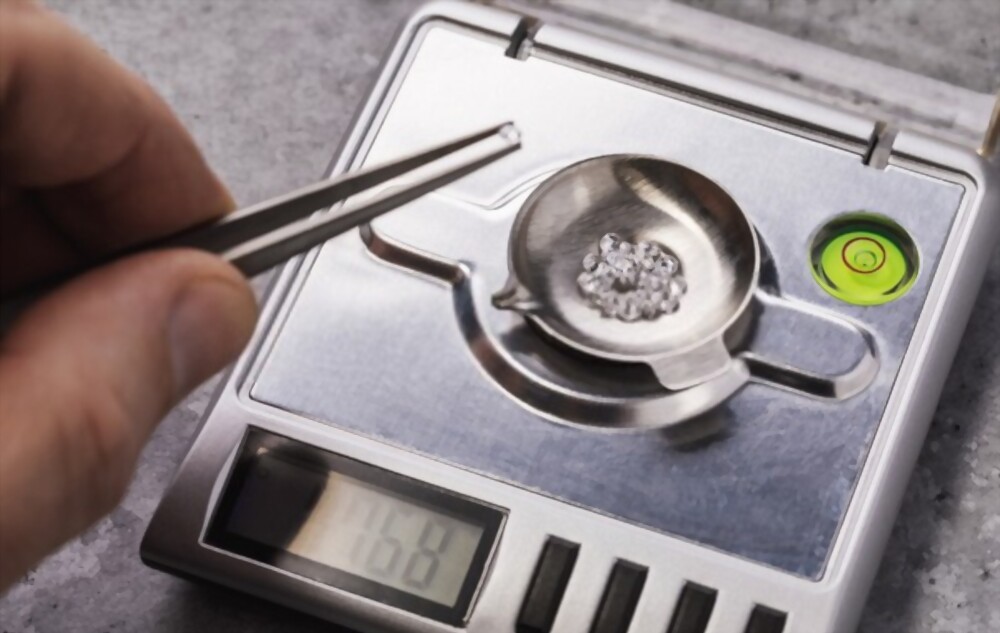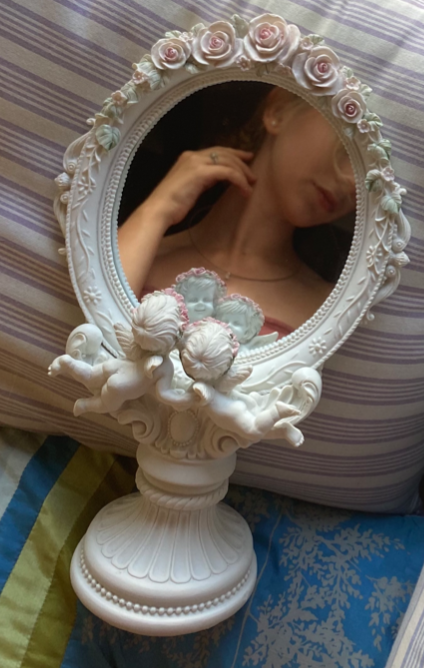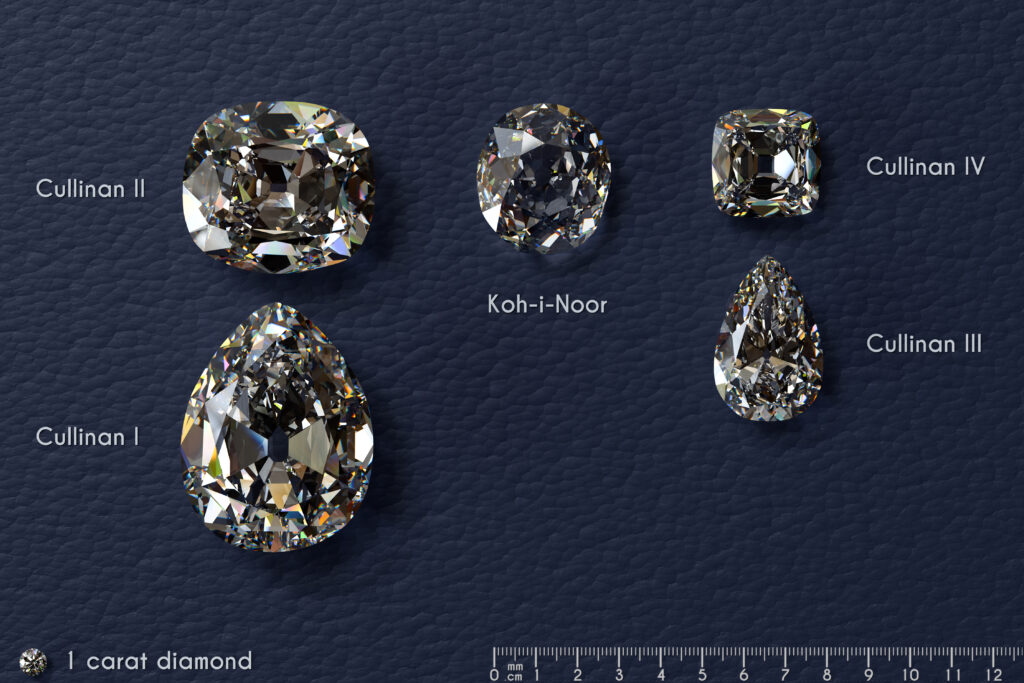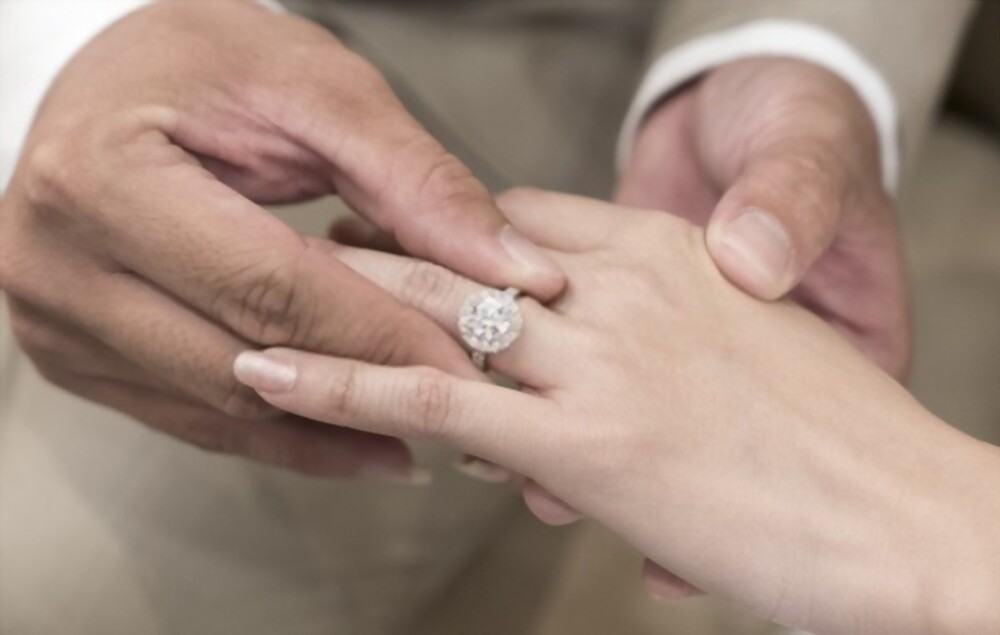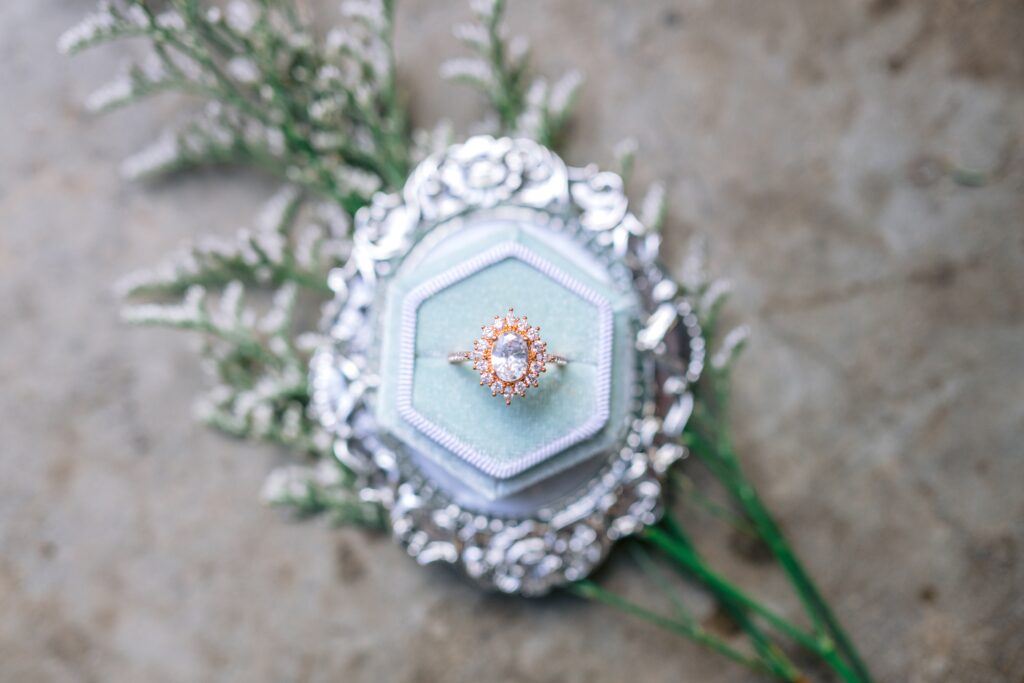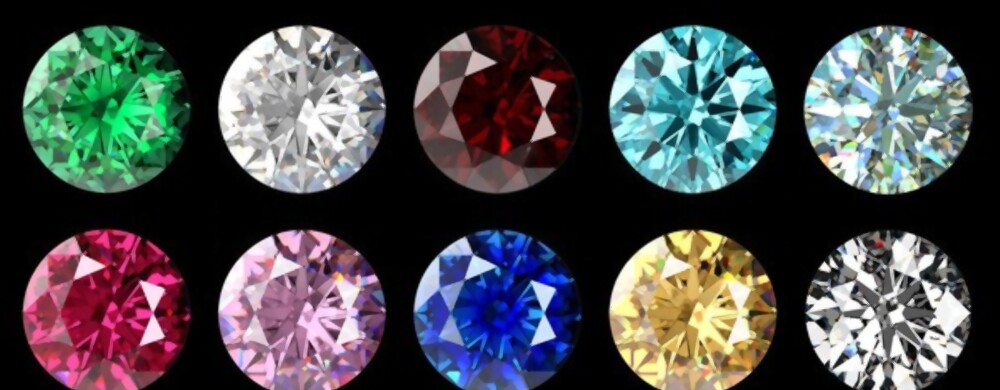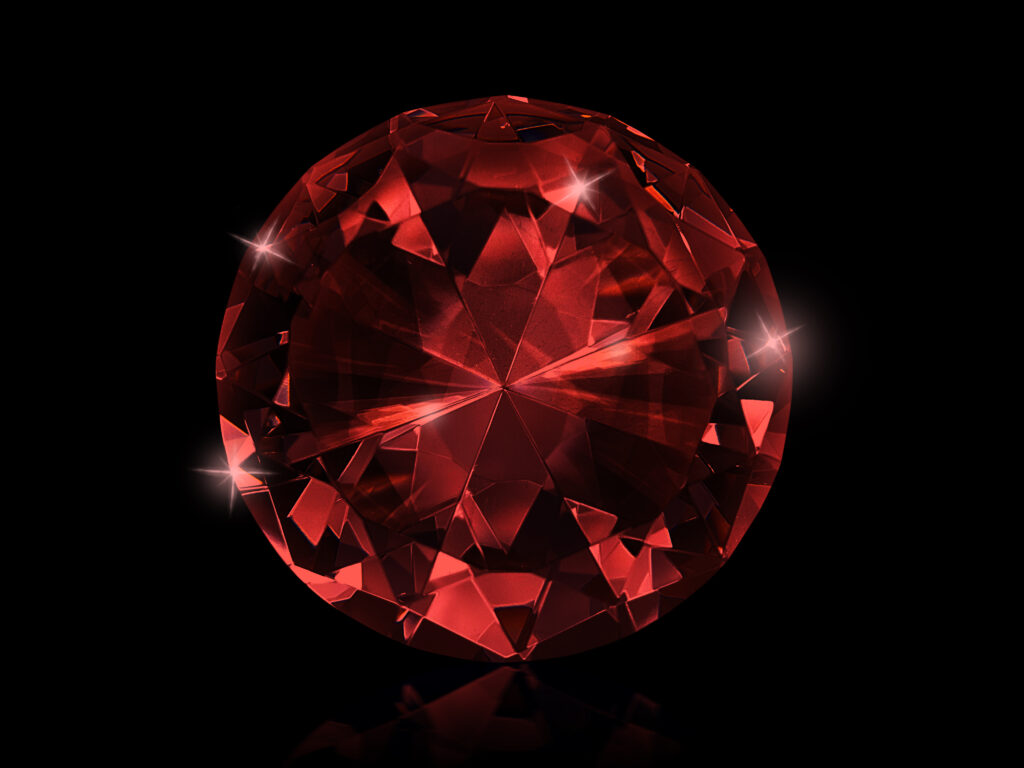
Amongst coloured gemstones, red diamonds are amongst the rarest. Their ruby colour resembling that of Dorothy Gale’s slippers, these stones are sought after yes for their beauty, but more so for their scarcity — with only 20-30 true red diamonds known to exist. Amongst these stones, most of them are under half a carat yet can sell for $1 million per carat!
So, where do these diamonds get their unique colour?
Most other coloured stones get their tones from chemical impurities whereas the red diamond undergoes a process entirely different, not relying on any impurities but rather a difference in atomic structure. When traveling from the Earth’s mantle to the surface and moving through the hot-pressure and hot-temperatures, the stress that the diamond experiences can cause the carbon atoms to shift. These anomalies occur within the crystal lattice, and once the carbon atoms are shifted, light is absorbed and passes through differently, creating the beautiful red colour.
Though rarely discovered, red diamonds are found more “commonly” in Africa, Australia, and Brazil. The largest documented is The Moussaieff Red Diamond, previously owned by William Goldberg and later sold to Shlomo Moussaieff. The 5.11 carat diamond remains the largest of its kind and has been shown at many museum exhibits, including The Smithsonian, which houses the third-largest red diamond, the DeYoung.
The DeYoung Red Diamond weighs 5.03 carats. The stone was purchased at a flea market by Sydney DeYoung, where he originally mistook the diamond for a garnet but upon further tests, realized the prize that he truly possessed. This particular stone is the only red diamond publicly displayed.
Ranking between the two is The Kazanjian Red Diamond, mined in South Africa in the 1920s. The diamond weighs 5.05 carats and is the second largest red diamond to be discovered!
Red diamonds are highly sought after by collectors and investors for their rarity and economic value, aiming to reach a high status of exclusivity to be one of their few owners.
However, the majority of people who will not own a red diamond can travel to Washington D.C. to get a glimpse of the precious DeYoung at the Smithsonian National Gem Collection.

